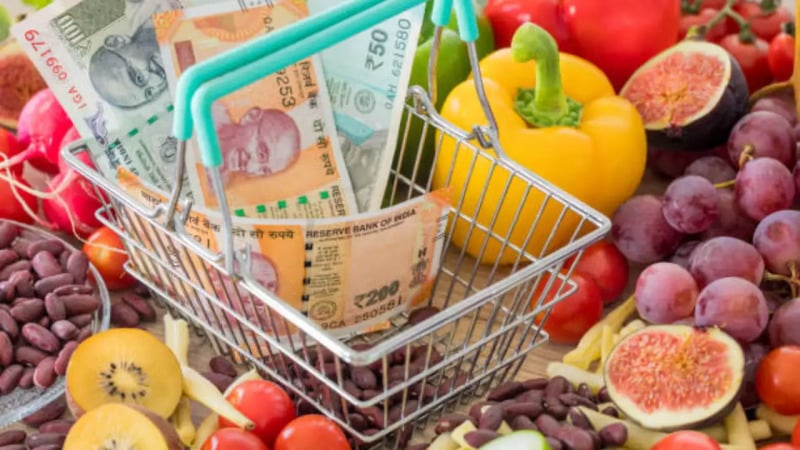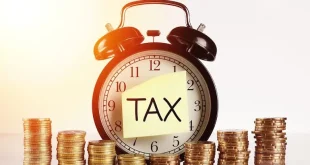
Retail inflation figures in the country have increased for the third consecutive month. Retail inflation reached its highest level in 14 months in October. No one had any idea that the retail inflation rate would reach beyond six percent. Which is more than the tolerance level of RBI. Due to which anxiety is likely to increase. Because, Mandwari is affecting the common people not only on their daily needs but also on their monthly EMIs.
inflation is crushing me
The country’s retail inflation rate fell to a five-year low of 3.60 percent in July. In August it increased slightly to 3.65 percent. There was a sharp jump in the retail inflation rate in the month of September and this figure reached 5.49 percent. Retail inflation for October was estimated at higher levels but below 6 per cent, ranging from 5.8 to 5.9 per cent, which was a 14-month high.
The retail inflation rate in the country has come down to 6.21 percent. Which is a big blow for the country. It is clear that in the three months since July, the country’s retail inflation rate has increased by more than 72 percent. If we talk about urban and rural inflation, an increase has also been seen in it. According to government data, the urban inflation rate in October stood at 5.62 percent, while the rural inflation rate fell to 6.68 percent.
Food inflation is the biggest enemy
Food inflation is believed to be the biggest contributor behind the rise in headline inflation, which reached close to 11 per cent in October. In which the prices of vegetables have reached the peak of 57 months. According to government data, the inflation rate of vegetables was 42.2 percent in the month of October. Among vegetables, the biggest impact has been seen on the prices of tomato and onion. Onion prices skyrocket especially during the October festivals.
Whereas vegetables are being sold at an average price of Rs 70 to Rs 100 per kg. The effect of which has been seen in the form of inflation. This was the case when in October government agencies started selling onions at Rs 35 per kg to make them cheaper and the government released buffer stock of onions. It is being said that the inflation figures have gone beyond the tolerance level of RBI.
What will be the impact on loan EMI?
The biggest problem for RBI is that if the inflation rate is increasing in the country then how to reduce the EMI of the loan. First of all, RBI’s focus will be on reducing inflation. Also, we have to continuously strive to bring it to a level where it seems that the loan EMI can now be reduced. It might take a while. Even though the inflation rate was below 4 per cent last July and August, the food inflation rate is still a matter of concern for the RBI MPC.
Although this figure was less than 6 percent in the months of July and August, but in the month of September this figure once again reached above 9 percent. In the October policy meeting the RBI Governor also mentioned that food inflation is a major concern. Which will be seen in the coming days. In such a situation, RBI has no option but to keep the policy rate stable in the coming days.
How long can interest rates remain stable?
Well, many experts have predicted this. Some experts estimate that there may be a cut in the repo rate in the month of October. This forecast comes at a time when the RBI changed its stance in its October policy meeting and indicated that interest rates could be cut in the coming days.
Now that the inflation figures for the last month of October and November have also come, it is being estimated around six percent. In such a situation, it seems difficult to reduce the policy rate in the month of December. According to the information, it is difficult to cut the interest rate even in the last meeting of the current financial year i.e. February 2015. In such a situation, common people may have to wait a little longer for their loan EMI to reduce.
 look news india
look news india

